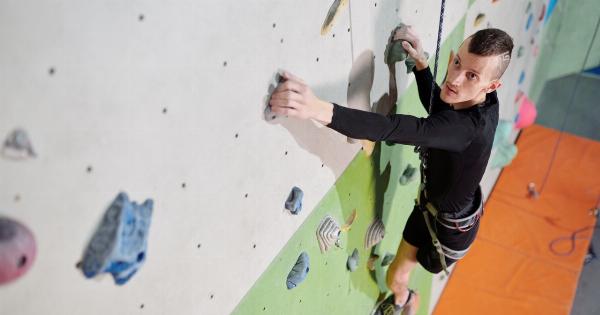Physical activity is an important aspect of good health, especially for children. Apart from keeping them fit, physical activity can also boost their memory.
Children encounter a lot of new information every day that they have to remember, from school coursework to new faces and names. Memory formation is a complex process that involves the brain, and studies have shown that regular physical activity can improve children’s memory retention and cognitive function.
In this article, we will explore the benefits of physical activity for children’s memory and provide some tips for parents and caregivers to encourage their children to be physically active.
Physical Activity and Brain Health
Physical activity, especially exercise, benefits the brain in several ways. One of the primary ways is through increased blood flow to the brain, which carries oxygen and nutrients needed for brain function.
Exercise also stimulates the release of hormones that can improve mood, reduce stress, and enhance cognitive function.
Studies have shown that regular physical activity can help children improve their cognitive function, including memory, attention, and information processing.
In a study conducted by the University of Illinois, children who participated in a 9-month physical activity program showed improvements in their hippocampal volume, a part of the brain that is critical for memory formation and spatial navigation. The children who were physically active also showed improvements in their memory tasks compared to the control group who were not part of the program.
How Physical Activity Improves Memory
Physical activity can improve children’s memory by boosting brain-derived neurotrophic factor (BDNF) levels, which is a protein that helps with brain growth and development.
BDNF is essential for long-term memory formation since it promotes the growth and survival of neurons that are important for learning and memory. Physical activity also increases the production of neurotransmitters, including dopamine and norepinephrine, which are involved in learning and memory processes.
Regular physical activity also promotes neuroplasticity, which is the brain’s ability to change and adapt to new experiences and environments.
The connection between neurons strengthens as physical activity increases, enabling better memory retention and recall. Exercise also triggers the production of new brain cells in areas that deal with memory and learning, ultimately leading to improved cognitive function.
Types of Physical Activity That Enhance Memory
Physical activity does not always mean going to the gym or engaging in intense workouts. Children can engage in various types of physical activity to improve their memory, including:.
: Outdoor Activities
Outdoor activities such as playing sports, cycling, hiking, and swimming are excellent ways to enhance children’s physical activity and memory formation.
These activities provide the added benefits of fresh air, sunlight, and enjoyable experiences that stimulate the brain.
: Dance and Movement Activities
Dancing is a fun and engaging physical activity that involves movement, coordination, and rhythm. Studies have shown that dance classes can improve children’s memory, mood, and decision-making skills.
Other movement activities such as yoga, martial arts, and gymnastics also offer similar benefits.
: Free Play
Free play, such as running around, jumping, and playing games, is an important aspect of children’s physical development.
Children who engage in free play have better memory retention since they use various parts of their brain to solve problems and come up with creative solutions.
The Role of Parents and Caregivers
Parents and caregivers play a crucial role in encouraging children to be physically active and improving their memory. Here are some tips for parents and caregivers:.
: Lead by Example
Children are more likely to engage in physical activity if they see their parents or caregivers doing it. Leading by example and being a role model is an effective way to encourage children to adopt healthier lifestyles and engage in physical activity.
: Make It Fun
Physical activity should be fun and enjoyable for children. Parents and caregivers can make it fun by finding activities that their children enjoy and participating with them.
Activities such as treasure hunts, scavenger hunts, and obstacle courses can be engaging and stimulating for children.
: Encourage Variety
Children should engage in various types of physical activity to enhance their memory and overall health.
Parents and caregivers can encourage variety by introducing new activities, changing the location of physical activity, or providing new equipment or tools for children to use during playtime.
: Limit Screen Time
A sedentary lifestyle can lead to poor memory function and low cognitive ability.
Parents and caregivers should limit screen time and encourage children to engage in physical activity instead of spending excessive time on electronic devices such as phones, tablets, or TVs.
Conclusion
Physical activity is a vital aspect of good health and cognitive function, especially for children.
Engaging in various types of physical activity such as outdoor activities, dance and movement activities, and free play can improve memory retention, attention, and cognitive ability. Parents and caregivers play a crucial role in encouraging children to engage in physical activity and improve their memory function.
By leading by example, making it fun, encouraging variety, and limiting screen time, parents and caregivers can help children lead healthier and happier lives.





























